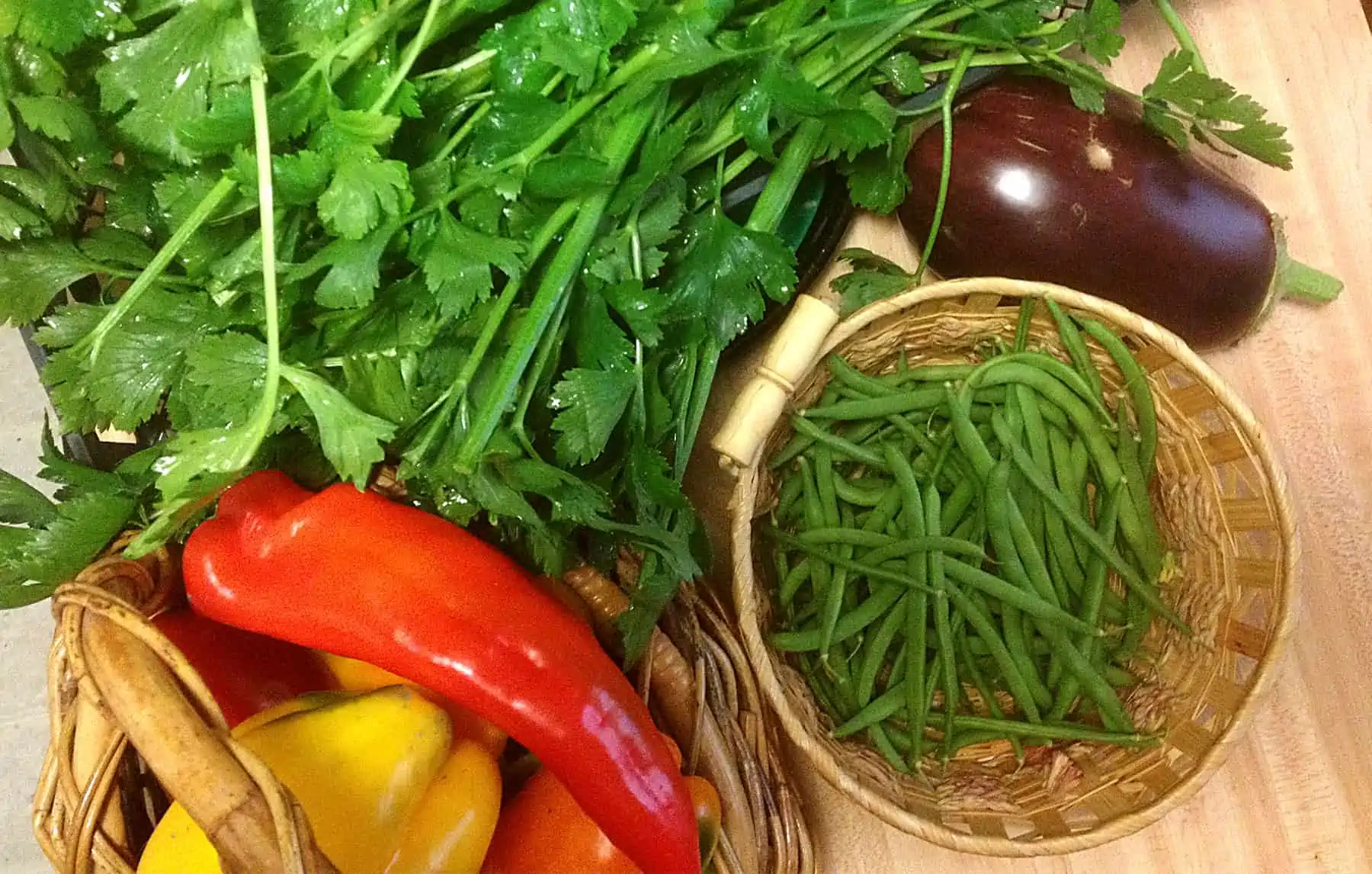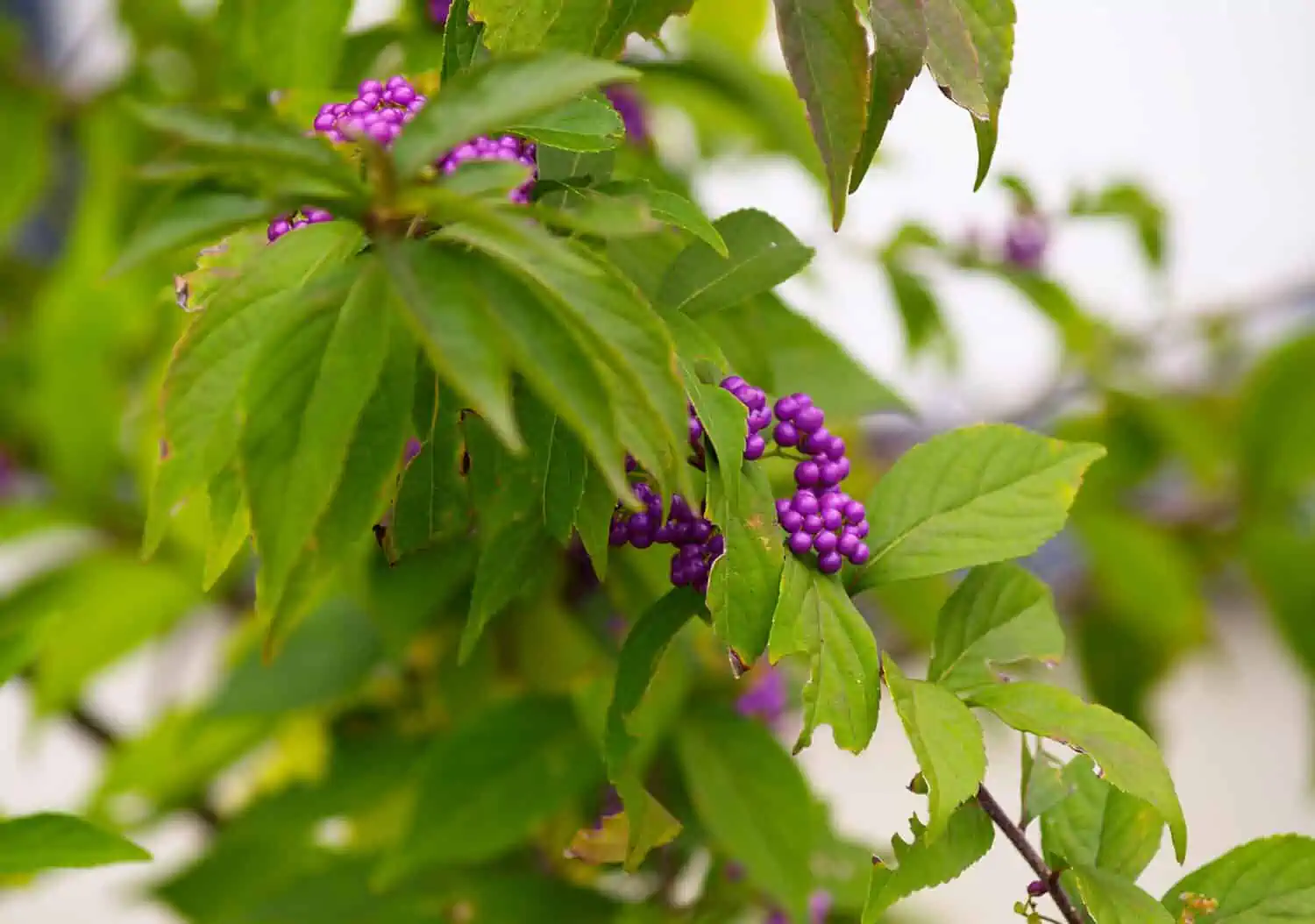You will have heard that including bone meal (bonemeal) when planting bulbs every fall will stimulate root development and assist huge flower blooms come spring. Sadly, it is a gardening fable. At greatest, including bone meal does nothing for the plant and at worst could cause important issues, relying in your soil.
When you search the subject on-line, you’ll discover tons of outcomes from fertilizer corporations selling their merchandise. And weblog posts from gardeners amplifying the identical claims because the fertilizer corporations. The declare is that phosphorous, the principle ingredient in bone meal, stimulates root development and supercharges flower blooms. However if you happen to dig into the science, you’ll uncover that in most soils, bone meal is totally pointless. Most backyard soils in North America have enough quantities of phosphorous and calcium. What’s worse, an overabundance of soil phosphorous can really hurt your crops.
We must always observe that there are quite a few research which endorse using bone meal on farms. These research usually look at particular crops with particular quantities of bone meal or meat bone meal (MBM) added to farm soil. These research don’t apply to the house backyard, as gardeners develop crops below very totally different circumstances than farmers do. A farmer’s crops draw a better proportion of vitamins from the soil than a patch of hyacinths, roses, radishes or peppers in a house backyard. What’s good for the farm isn’t essentially good for the house backyard.
What’s bone meal fertilizer created from?
Because the identify suggests, bone meal is created from crushed bones. It’s an natural fertilizer with excessive percentages of phosphorous and calcium. Phosphorous helps root development, flower blooms, and different plant capabilities and is among the 3 major vitamins required for plant development, together with nitrogen and potassium (indicated as N-P-Ok percentages on fertilizer packaging).
Within the mid-Nineteenth century, farm soils have been turning into much less productive. For a few years, farm fields have been primarily fertilized with livestock manure, which is primarily nitrogen and potassium. Because the crops used up the phosphorous within the soil, not sufficient was changed, making the farm soils much less fertile. It was recommended by soil scientists on the time that grinding the bones of expired animals right into a “meal” after which including it to the soil would enhance fertility, which it did (they really added meat bone meal, not the identical because the bone meal out there at the moment for gardeners). When artificial phosphate fertilizer grew to become out there within the twentieth century, bone meal use declined.
Associated Submit: Companion Planting: Flowers, Greens, Herbs and Fruit are Higher Collectively
Why add bone meal to your backyard?
We are able to rephrase the headline: why add fertilizer to your backyard? The reply is, and all the time will probably be, to extend vitamins which are missing within the soil. If a nutrient isn’t lacking from the soil, then no extra fertilizer will make a lick of distinction to the plant within the rising season. And fertilizers can’t “supercharge” or “stimulate” development, they’ll solely assist it. The one solution to know with certainty what’s or isn’t missing is to get your backyard soil examined by a lab.
If some fertilizer is nice, extra is healthier, proper? No, exceeding suggestions for fertilizers won’t assist crops in any respect. Suggestions are made based mostly in your soil circumstances and can present vitamins in optimum ranges for plant use. Exceeding this quantity won’t present advantages and may even result in nutrient deficiencies as a result of excesses of some vitamins can result in poor uptake of others. Moreover, extra vitamins could be misplaced to the setting and degrade streams and rivers.
Getting The Most Out Of Your Residence Vegetable Backyard Soil Take a look at Report, Natalie Bumgarner, Assistant Professor and College of Tennessee Extension Specialist, Division of Plant Sciences.(pdf obtain)
Purchase on Amazon: Soil Take a look at Equipment.
How bone meal can hurt crops.
Soluble phosphorous – the one kind crops use – takes years to kind as soil microbes break down fertilizers and natural matter. Vegetation on their very own have issue taking over soluble phosphorous within the soil. To get what they want, they kind symbiotic relationships with mycorrhizal fungi, which you’ll learn extra about right here. These fungi connect to a plant’s roots and are very environment friendly at extracting phosphorous from the soil. The fungi ship the soluble phosphorous to the plant by the roots, in trade for sugars from the plant.
So in most soils in North America with a impartial or alkaline pH, once you add bone meal at planting time round that tulip bulb, it received’t assist the tulip very a lot. The newly added phosphorous stays unavailable to the plant for years. Nonetheless, you probably have acidic soil (low pH) and low phosphorous, the phosphorous in bone meal turns into rapidly soluble and is definitely out there to the plant (chemistry at work!). Because the plant now not wants the mycorrhizal fungi relationship, it stops connecting with them and the fungi die with out the plant sugars. However with out the fungi, the plant has to commit additional assets to root development on the expense of different plant capabilities.
When plant roots are in low phosphorus environments, they exude natural acids from their root ideas. These acids enable mycorrhizal fungi to penetrate the roots and kind the networks that help plant roots in taking over water and vitamins. Mycorrhizae are notably adept at extracting phosphorus from the soil.
If phosphorus ranges are too excessive, nevertheless, the roots don’t exude the natural acids and mycorrhizal connections don’t kind. This forces the plant to place extra assets into root development to compensate for the shortage of mycorrhizae.
So in a way, phosphorus will enhance root development – however at an added price to the plant. The assets expended by the plant in rising extra roots to take the place of mycorrhizae aren’t out there for different plant wants.
The Fantasy of Useful Bone Meal, Linda Chalker-Scott, Ph.D., Extension Horticulturist and Affiliate Professor, Puyallup Analysis and Extension Middle, Washington State College. (pdf obtain)
Including bone meal won’t develop larger roots and greater blooms.
All the components in fertilizer work in steadiness in crops – too little or an excessive amount of of 1 nutrient impacts each plant perform. Due to this fact, your crops can’t develop larger roots and blooms until you even have enough portions of nitrogen and potassium to assist high development and different capabilities. And if there’s extra phosphorous within the soil than the plant wants, the plant merely received’t use it. Moreover, phosphorous isn’t leached from the soil by climate and barely strikes by it. So if there’s sufficient phosphorous in your backyard soil at the moment, there’ll in all probability be sufficient years from now.


